How Video Intubation Laryngoscopes Enhance Visualization of Epiglottis Function
Oct 15, 2024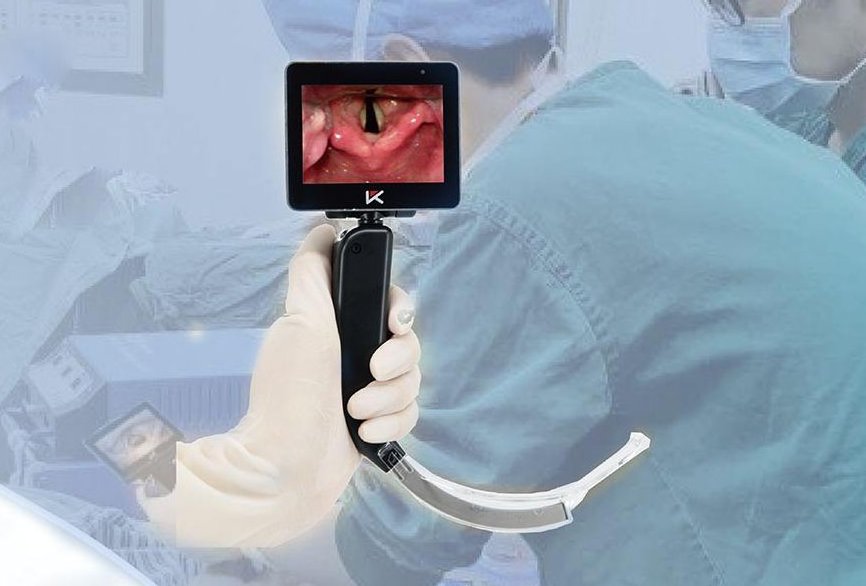
When it comes to airway management, the epiglottis plays a crucial role in preventing aspiration and ensuring safe and effective intubation. But how can healthcare professionals get the clearest view of the epiglottis, especially in challenging airway conditions? The answer lies in advanced technology: Video Intubation Laryngoscopes. With superior visualization capabilities and innovative features, these devices are transforming the way clinicians assess and manage epiglottis function. This article delves into the significance of video intubation laryngoscopes for epiglottis evaluation and their impact on improving patient outcomes.

What is Epiglottis Function
The epiglottis is a leaf-shaped flap of cartilage located at the root of the tongue, just above the larynx (voice box). Its primary function is to act as a protective mechanism that prevents food and liquids from entering the airway during swallowing.
Primary Functions of the Epiglottis
Airway Protection During Swallowing
The main role of the epiglottis is to ensure that the trachea (windpipe) remains closed while eating or drinking. When a person swallows, the epiglottis folds back to cover the opening of the larynx, preventing food and liquids from entering the airway. This ensures that substances are directed down the esophagus and into the stomach, rather than causing choking or aspiration into the lungs.
Ensuring Smooth Breathing and Swallowing Coordination
During breathing, the epiglottis remains upright and open, allowing air to pass freely through the larynx and into the trachea. It only covers the airway during swallowing, ensuring that there is no obstruction of airflow when the person is not consuming food or liquid. This coordination between swallowing and breathing is crucial for preventing accidental aspiration.
Facilitating Voice Production
The position of the epiglottis can also influence voice production. While not its primary function, the epiglottis contributes to the resonance and quality of sound by modifying the airflow through the larynx. Its role in protecting the vocal cords during swallowing also helps maintain vocal cord health and function.
Importance of Assessing Epiglottis Function
Proper epiglottis function is essential for protecting the airway and preventing complications like aspiration pneumonia, choking, or airway obstruction. Issues with the epiglottis, such as inflammation (epiglottitis), congenital malformations, or impaired movement, can lead to serious health concerns. Thus, in medical practice, evaluating the epiglottis’ position and movement—often with tools like video laryngoscopes—is critical for ensuring safe and effective airway management.
Enhanced Visualization of Epiglottis Function
The Role of Video Intubation Laryngoscopes in Airway Management
The primary advantage of using video intubation laryngoscopes in airway management is their ability to provide an unobstructed, magnified view of the patient’s epiglottis and surrounding structures. Traditional direct laryngoscopes often fall short in difficult airway situations, where limited visibility can increase the risk of complications. However, video laryngoscopes, equipped with high-definition cameras at the blade’s tip, project a clear image of the airway onto a connected display screen, allowing clinicians to observe epiglottis movement with unmatched precision.
In practice, this enhanced visualization enables medical professionals to identify potential abnormalities or obstructions in the airway, such as epiglottic edema or malpositioning. This real-time visual feedback is invaluable during intubation, ensuring that the endotracheal tube is accurately placed without causing trauma to the epiglottis or other delicate structures.
How Video Laryngoscopes Improve Success Rates in Difficult Intubations
For patients with challenging anatomies, such as those with obesity, limited neck mobility, or congenital airway anomalies, the standard direct laryngoscope may not provide adequate visibility to navigate the airway safely. In these scenarios, video laryngoscopes significantly increase the success rate of intubation by providing a broader field of view and better control over the procedure.
By minimizing the need for repeated intubation attempts, video laryngoscopes reduce the risk of hypoxia and other complications associated with prolonged airway management. Additionally, the visual feedback from the screen allows clinicians to adjust their technique in real-time, making it easier to guide the tube past the epiglottis and vocal cords with minimal force and manipulation.
Precision and Clarity: Observing Epiglottis Function with Video Laryngoscopes
One of the key features that set video intubation laryngoscopes apart is their precision in visualizing the movement and function of the epiglottis. The high-definition camera captures subtle movements that are often missed with direct laryngoscopy, enabling clinicians to assess the epiglottis’ ability to effectively cover the glottis during swallowing and other airway maneuvers.
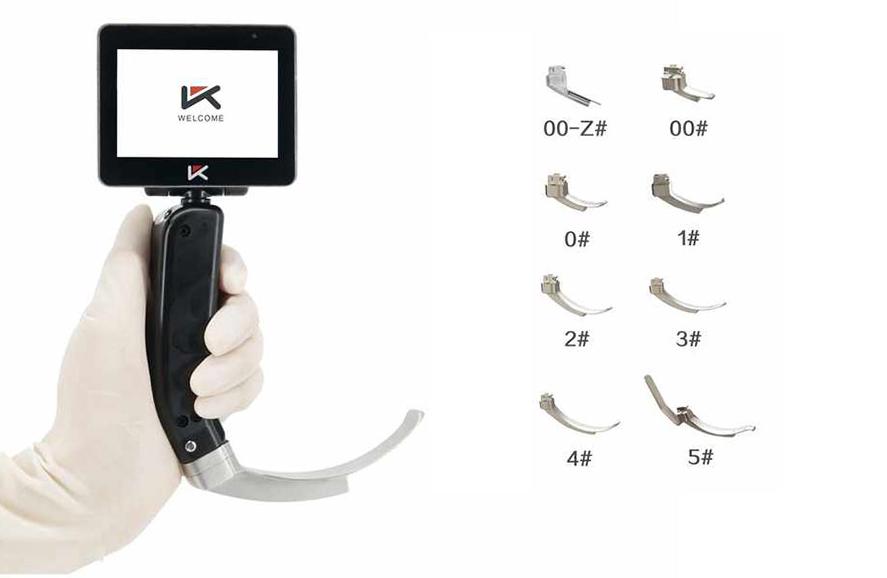
Such detailed observation is particularly beneficial in patients with suspected epiglottic dysfunction, as it helps in diagnosing conditions like epiglottitis or epiglottic prolapse. This precise visualization ensures that any underlying issues are identified early, facilitating timely intervention and improving overall patient safety.
Innovations in Intubation: How Video Laryngoscopy Transforms Epiglottis Function Assessment
Advanced Features of Video Intubation Laryngoscopes
Modern video intubation laryngoscopes come equipped with several advanced features that enhance their functionality and usability. These devices typically include a high-definition camera and an integrated display screen, allowing clinicians to view the airway in real-time. Furthermore, an advanced lighting system, usually LED, ensures optimal visibility even in low-light conditions, making it easier to navigate through complex anatomical structures.
The ergonomic design of video laryngoscopes also plays a crucial role in improving the efficiency of airway management. With comfortable handling and ease of use, clinicians can focus on achieving precise placement without exerting excessive force, thereby reducing the risk of trauma to the epiglottis and other surrounding tissues.
Video Laryngoscopes as an Educational Tool
In addition to their clinical applications, video intubation laryngoscopes serve as valuable educational tools. The ability to display the intubation process on a screen makes them ideal for teaching and training purposes. Instructors can provide real-time guidance to trainees, pointing out key anatomical landmarks and offering feedback on technique, which enhances the learning experience.
Moreover, many video laryngoscopes are equipped with recording capabilities, allowing instructors and trainees to review the procedure post-operatively. This feature is especially beneficial for documenting unusual cases or for quality assurance purposes, ensuring that high standards of patient care are maintained.
Improving Documentation and Record Keeping
The capability of video laryngoscopes to capture and record images and videos during intubation is a game-changer for documentation and record-keeping. This functionality not only aids in reviewing and analyzing the procedure but also serves as a critical component of medico-legal documentation. In cases where procedural complications arise, having recorded evidence can provide clarity and support clinicians in explaining their decisions and actions.
The Future of Airway Visualization: Exploring Epiglottis Function with Video Intubation Laryngoscopes
Application Across Various Medical Departments
The versatility of video intubation laryngoscopes makes them suitable for a wide range of medical settings. From ICU and NICU to anesthesia and emergency departments, these devices are used to manage both routine and complex airway cases. Their adaptability, combined with the availability of different blade sizes for adult, pediatric, and neonate patients, makes them an essential tool for airway management in diverse clinical environments.
High-Resolution Portable Video Laryngoscopes for Specialized Use
For specialized fields such as ENT and anesthesia, high-resolution portable video laryngoscopes offer an added advantage. These devices are particularly useful in managing difficult airway cases in adult obese patients, where visualization can be challenging due to anatomical restrictions. The availability of both disposable and reusable models provides flexibility depending on clinical needs and infection control protocols.
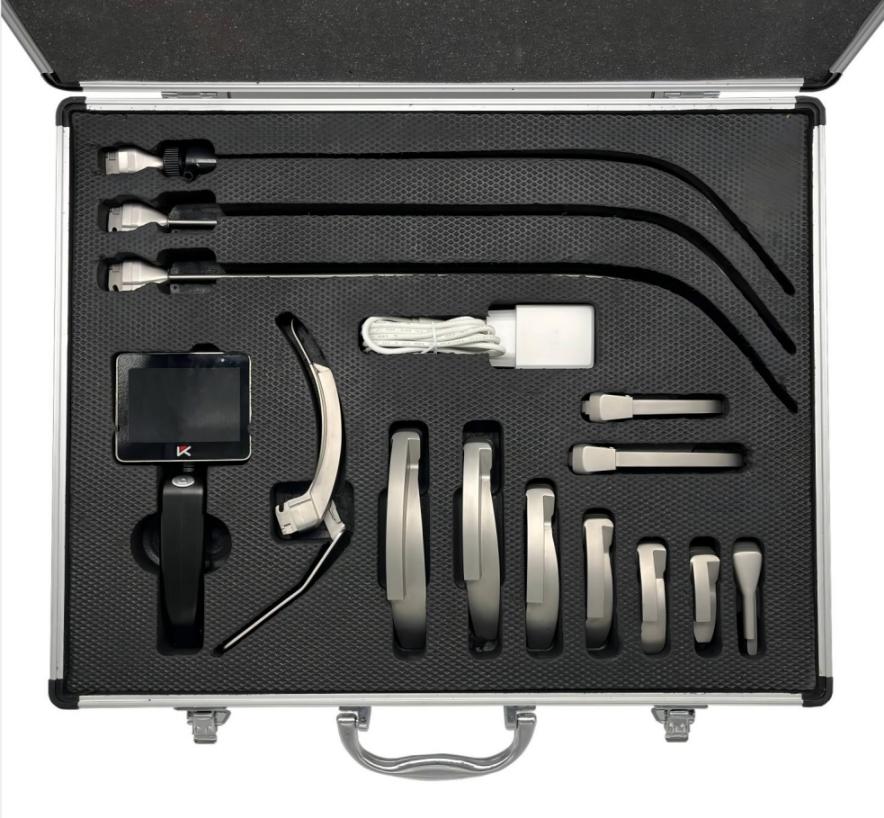
A Look Ahead: Continuous Innovation in Video Laryngoscopy
As technology continues to evolve, video intubation laryngoscopes are expected to become even more advanced, incorporating features like AI-assisted intubation guidance and enhanced image quality. These innovations will further refine the assessment of epiglottis function and improve the overall safety and efficacy of airway management procedures.
Conclusion
Video intubation laryngoscopes from Mole Medical have revolutionized the field of airway management by providing clinicians with a powerful tool to visualize and assess epiglottis function with unprecedented clarity and precision. From increasing the success rate of difficult intubations to serving as an invaluable educational resource, these devices play a critical role in enhancing patient safety and outcomes. As the technology continues to advance, video laryngoscopes will remain at the forefront of innovation, setting new standards for airway management and epiglottis function assessment.
Categories
Latest Articles
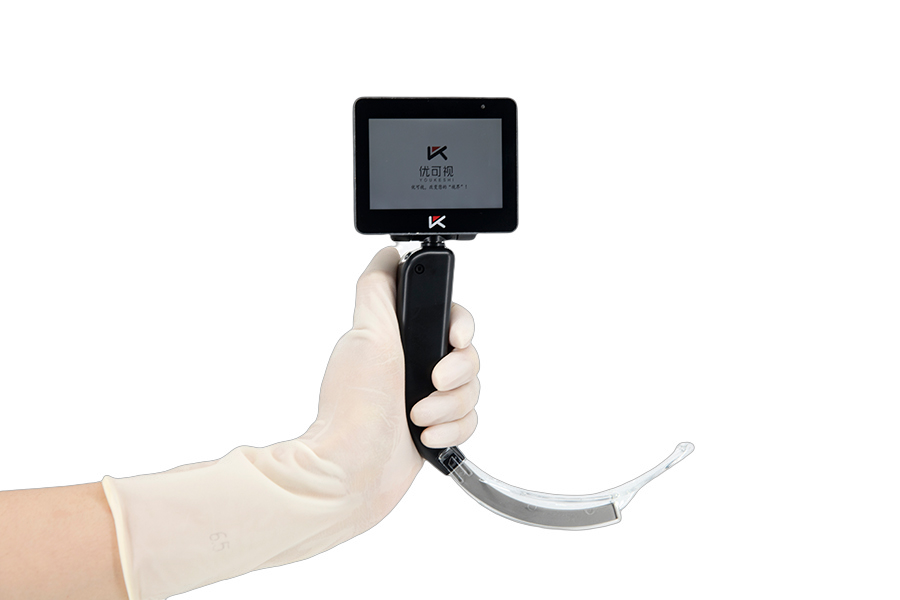
Essential Laryngoscope Parts and Their Vital Uses
The laryngoscope is a vital medical instrument that allows doctors to examine the throat and vocal cords with precision. By providing a clear view of the airway, it plays a crucial role in various medical procedures, particularly in airway management. This tool is essential for ensuring patients can breathe properly, as it facilitates safe and ... Read more
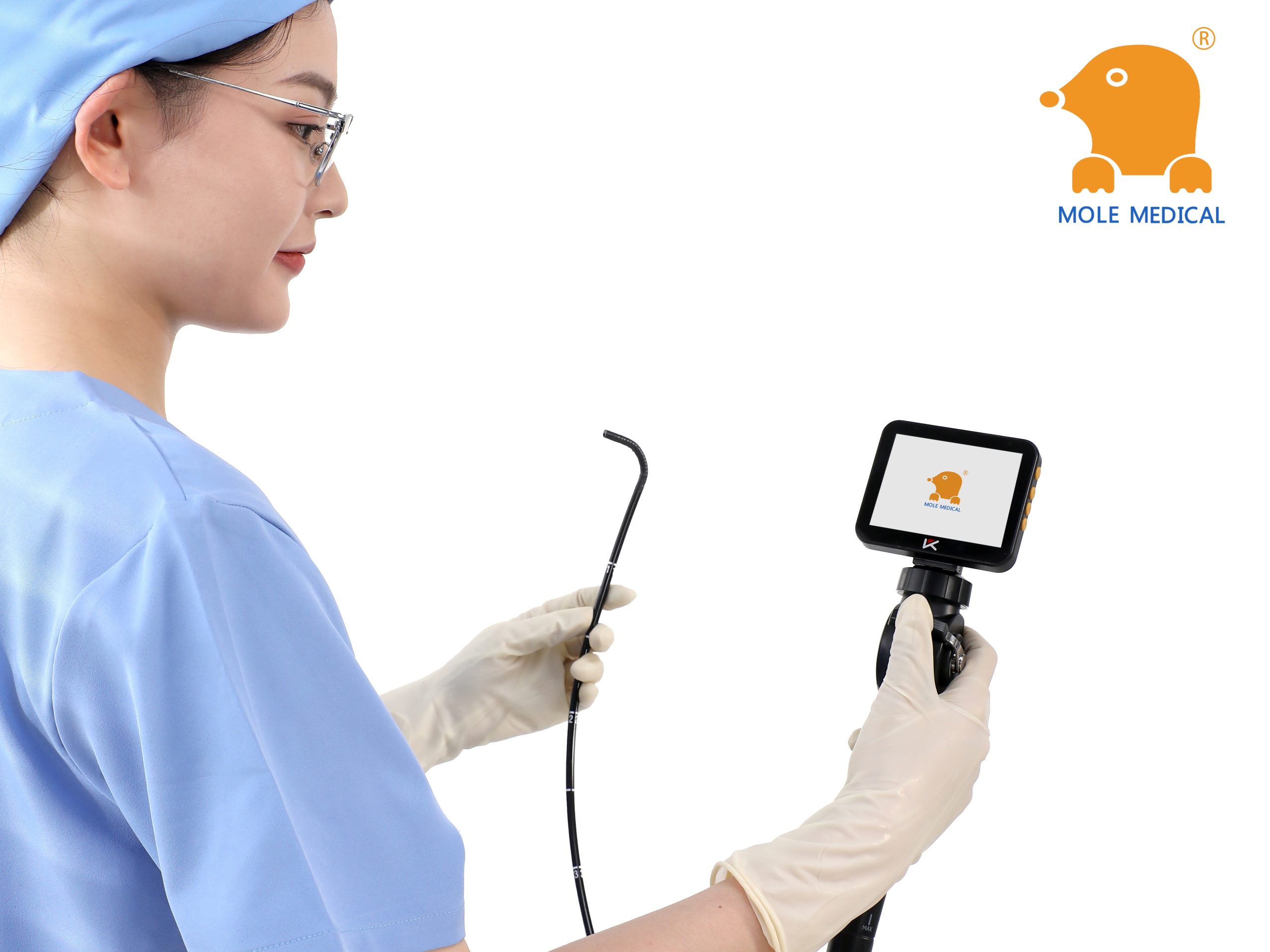
From cleaning to maintenance: a holistic management strategy for Mole medical electronic bronchoscopes
In the modern medical field, electronic bronchoscope is an important tool for the diagnosis and treatment of respiratory diseases, and its accuracy and safety are directly related to the treatment effect and life safety of patients. Mole Medical's electronic bronchoscopes are widely recognized for their superior performance and precise diagnostic capabilities. However, to ensure that this high-end equipment is always in top condition, a comprehensive management strategy from cleaning to maintenance is essential.

More than ten years focus on the field of anesthesia Jiangsu Mole Medical, providing airway equipment for thousands of hospitals around the world
More than ten years focus on the field of anesthesia Jiangsu Mole Medical, providing airway equipment for thousands of hospitals around the world
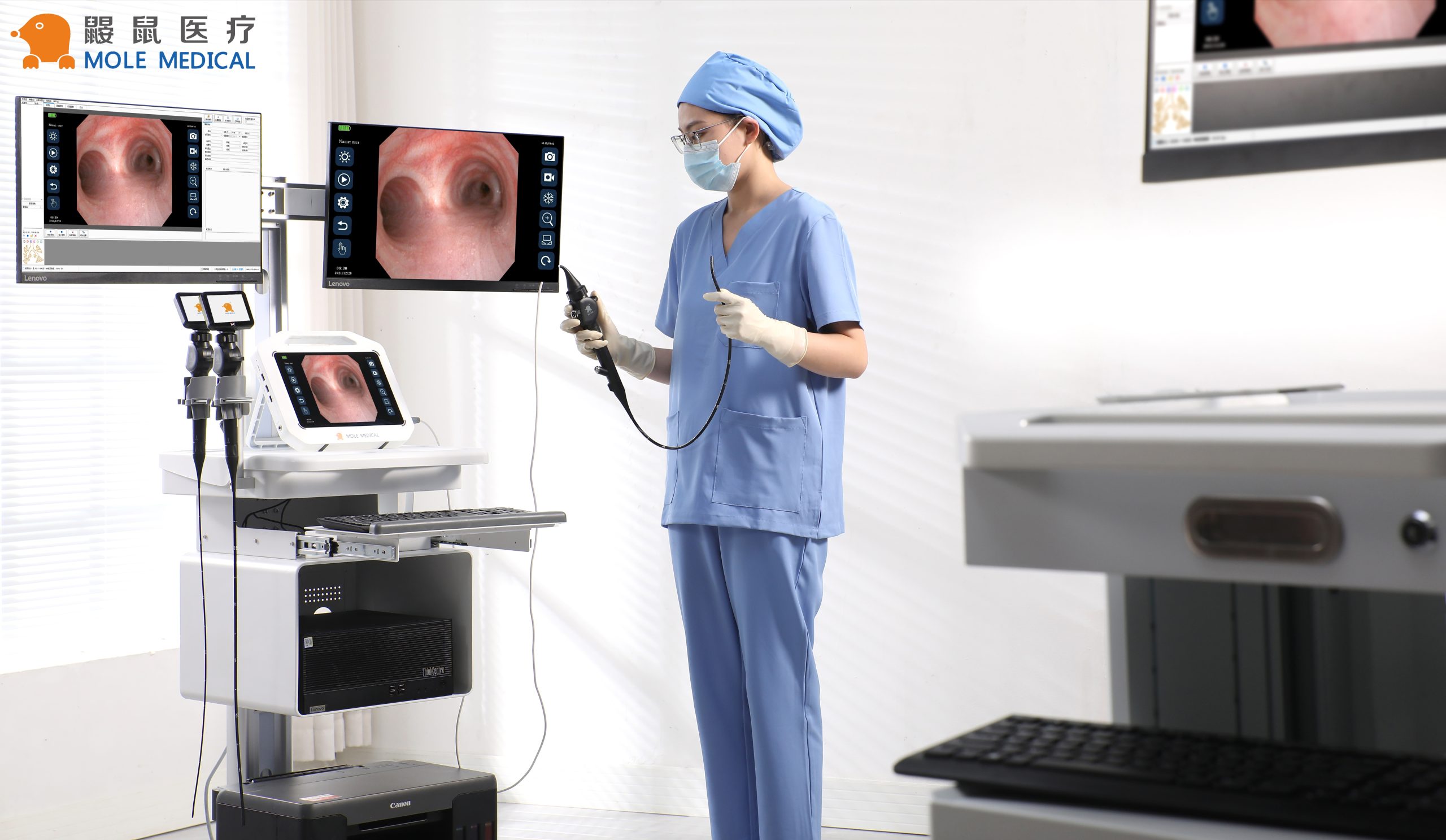
Emergency department essential: Mole medical portable video endotracheal intubation scope in the actual advantages of pre-hospital emergency
In the complex environment of pre-hospital emergency treatment, establishing artificial airway quickly and accurately is one of the key steps to save patients' lives. The traditional endotracheal intubation operation under direct laryngoscope has some problems such as limited field of vision and difficult operation, especially in the case of patients with limited neck movement, excessive oral secretions or anatomic abnormalities, and the success rate may be affected. In recent years, with the advancement of medical technology, portable video endotracheal intubation scopes have gradually become an important tool in emergency departments. Among them, the portable video endotracheal intubation scopes of Mole Medical show significant practical advantages in pre-hospital emergency care with its unique design and performance.
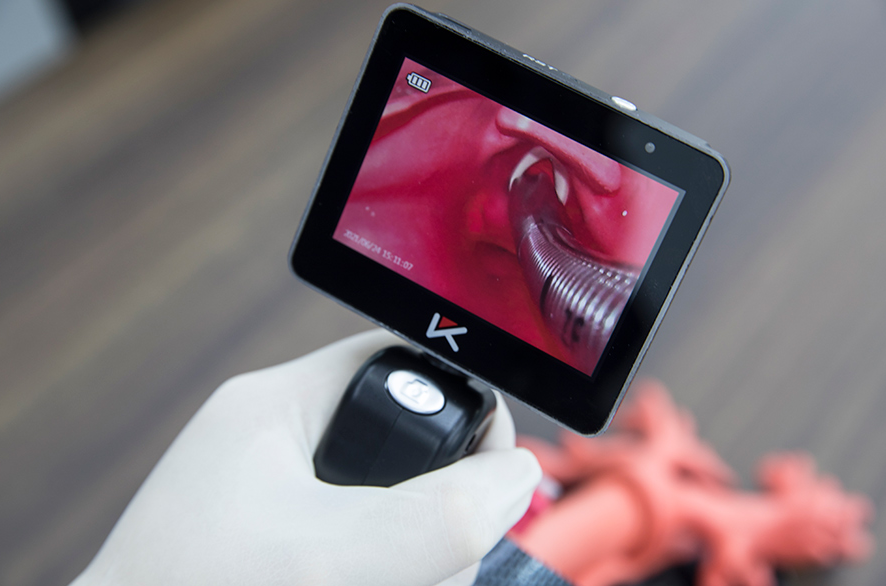
Disposable Video Laryngoscope for Adult Intubation: Advanced Airway Management
Why is good airway management important in emergencies and surgeries? Doctors and nurses must quickly and safely place a breathing tube in many patients. This is especially hard when the airway is difficult to see or reach. Video laryngoscopes help with this. They have a small camera that shows a clear view of the airway. ... Read more



